Introduction
Vinyl records have made a significant comeback in the world of music. However, maintaining these records can be quite a task, especially when it comes to cleaning.

Traditional methods have their limitations; this is where the ultrasonic cleaner for vinyl records comes into play.
What is an Ultrasonic Cleaner?
An ultrasonic cleaner is a cleaning machine that uses ultrasonic energy to clean delicate or hard-to-clean items. It works by creating high-frequency sound waves (ultrasonic frequency) that produce tiny cavitation bubbles in the cleaning fluid. When these bubbles collapse, they create a high-energy cleaning action on the surface of the item being cleaned.
The Importance of Cleaning Vinyl Records
Vinyl records, while cherished for their unique sound and nostalgic aura, are susceptible to dust, dirt, and other contaminants. These particles can get trapped in the intricate grooves of the record, which can significantly affect the sound quality. When the stylus or needle runs over these particles during playback, it can cause surface noise such as pops or clicks, distortions, and even skipping. This not only disrupts the listening experience but also can damage the delicate vinyl surface over time.
Cleaning old vinyl and records on a regular basis is therefore essential to maintain their sound quality. A clean record produces crisp, clear, and full-bodied sound, allowing you to fully appreciate the music as the artist intended. It brings out the depth and details in the audio that can be lost when the record is dirty.
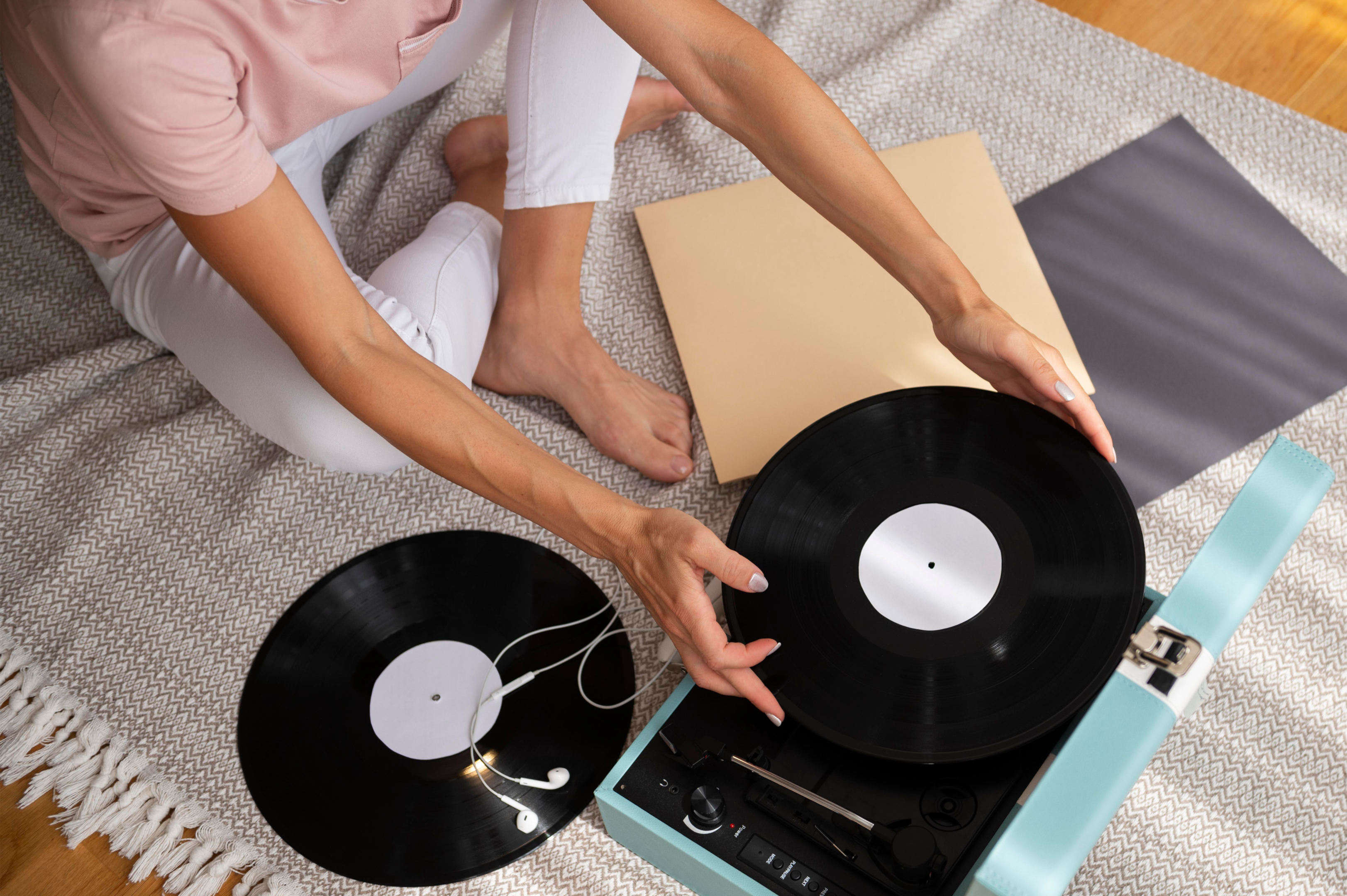
Moreover, cleaning your records also extends the life of your stylus. The stylus is a critical component of your turntable. As it navigates the grooves of the record, it can pick up and accumulate any dirt or dust present. Over time, this buildup can cause wear and tear on the stylus, leading to subpar performance and eventually requiring replacement. Regularly cleaning your records helps keep the stylus clean, resulting in better tracking, less distortion, and a longer stylus life.
It's worth noting that while cleaning can help preserve your records and stylus, it's equally important to handle your records properly to prevent contamination in the first place. Always handle your vinyl records by the edges or label to avoid getting oil from your fingers on the playing surface. Store your records upright in a cool, dry place to prevent warping and further dust accumulation.
Regular cleaning not only improves the sound quality of your vinyl records but also extends the life of your stylus, making it an integral part of vinyl record maintenance. By taking good care of your records, you can enjoy their unique sound for many years.
Also check out: Unleash your creativity with our step-by-step guide on Designing Your Own Custom CD Case. Discover how to create a unique and personal cover for your favorite music collection.
Traditional Methods of Cleaning Vinyl Records
Traditional record cleaning methods typically involve manual scrubbing and the use of cleaning solutions.
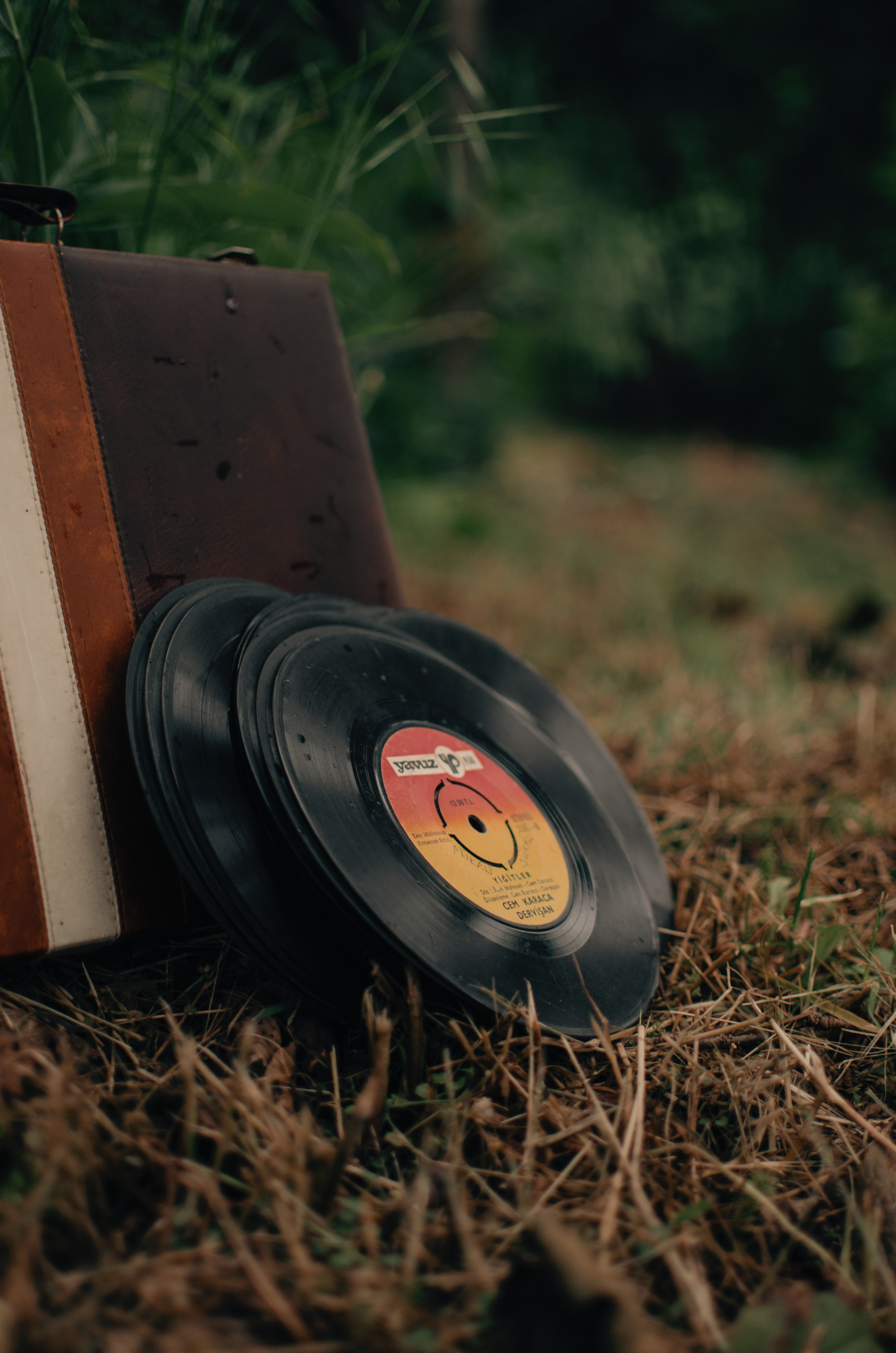
However, these methods can sometimes damage the record or leave behind residue, affecting the sound quality.
The Advent of Ultrasonic Record Cleaners
Ultrasonic record cleaners revolutionize the process of record cleaning. These machines use ultrasonic energy to generate smaller cavitation bubbles, providing a deep clean that traditional methods can't match.
How Does an Ultrasonic Cleaner for Vinyl Records Work?
The process of ultrasonic cleaning is a fascinating blend of physics and chemistry. It begins with placing the vinyl record in a tank specifically designed for this purpose. This tank is filled with distilled water, which is the cleaning medium. Distilled water is used because it has been stripped of minerals and impurities that could interfere with the cleaning process or leave deposits on the record's surface.
To the distilled water, a few drops of a wetting agent are added. A wetting agent, also known as a surfactant, reduces the surface tension of the water, allowing it to penetrate better into the fine grooves of the vinyl record. This ensures that the cleaning solution reaches even the most microscopic nooks and crannies where dust and grime may be hiding.
The ultrasonic cleaner is switched on once the record is submerged in the cleaning solution. The machine is equipped with ultrasonic transducers, which convert electrical energy into mechanical vibrations. These vibrations produce high-frequency sound waves in the cleaning solution.
When these sound waves travel through the solution, they cause alternating high and low-pressure cycles. During the low-pressure cycles, tiny bubbles or cavities form in the solution - a process known as cavitation. These cavitation bubbles are incredibly small – just a few micrometers in diameter – enabling them to penetrate the narrowest grooves of the record.
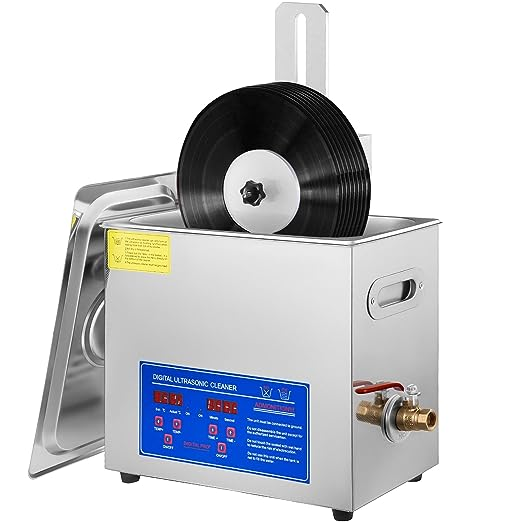
In the subsequent high-pressure cycle, these cavitation bubbles implode or collapse, releasing a significant amount of energy. This energy dislodges and breaks up the dirt, dust, and other contaminants stuck on the record's surface. The particles are then carried away by the cleaning solution, leaving the record clean.
The beauty of this process is that it is both gentle and thorough. The imploding cavitation bubbles only target the dirt particles, leaving the vinyl record unscathed. Moreover, because the bubbles are so small, they can clean areas that are inaccessible to traditional cleaning methods.
After the cleaning cycle, which can last anywhere from a few minutes to half an hour depending on the machine and the condition of the record, the vinyl is removed from the tank and dried. Some ultrasonic cleaners come with built-in drying fans for this purpose, while others may require manual drying.
The ultrasonic cleaning process provides a thorough, safe, and efficient method of cleaning vinyl records, restoring their sound quality and extending their lifespan.
Advantages of Using an Ultrasonic Cleaning Machine for Vinyl Records
Ultrasonic cleaning offers several benefits over traditional cleaning methods. The cleaning results are outstanding, with the machine effectively removing dust and grime from the grooves of the record without causing any damage.
It can clean multiple records at once, saving time and effort. Moreover, the cleaning and drying process is automated, reducing the risk of manual handling errors.
Comparing Ultrasonic Cleaning to Traditional Cleaning Methods
Ultrasonic record cleaning is a modern approach to maintaining vinyl records that offer several advantages over traditional methods.
This technique utilizes high-frequency sound waves to ensure a thorough and gentle clean, leading to enhanced sound quality.
More Thorough Cleaning
Traditional record cleaning methods often involve manual brushing or wiping, which can miss fine dust particles and other contaminants lodged in the grooves of the record. These methods are also more likely to leave behind cleaning residue, which can further impact sound quality.
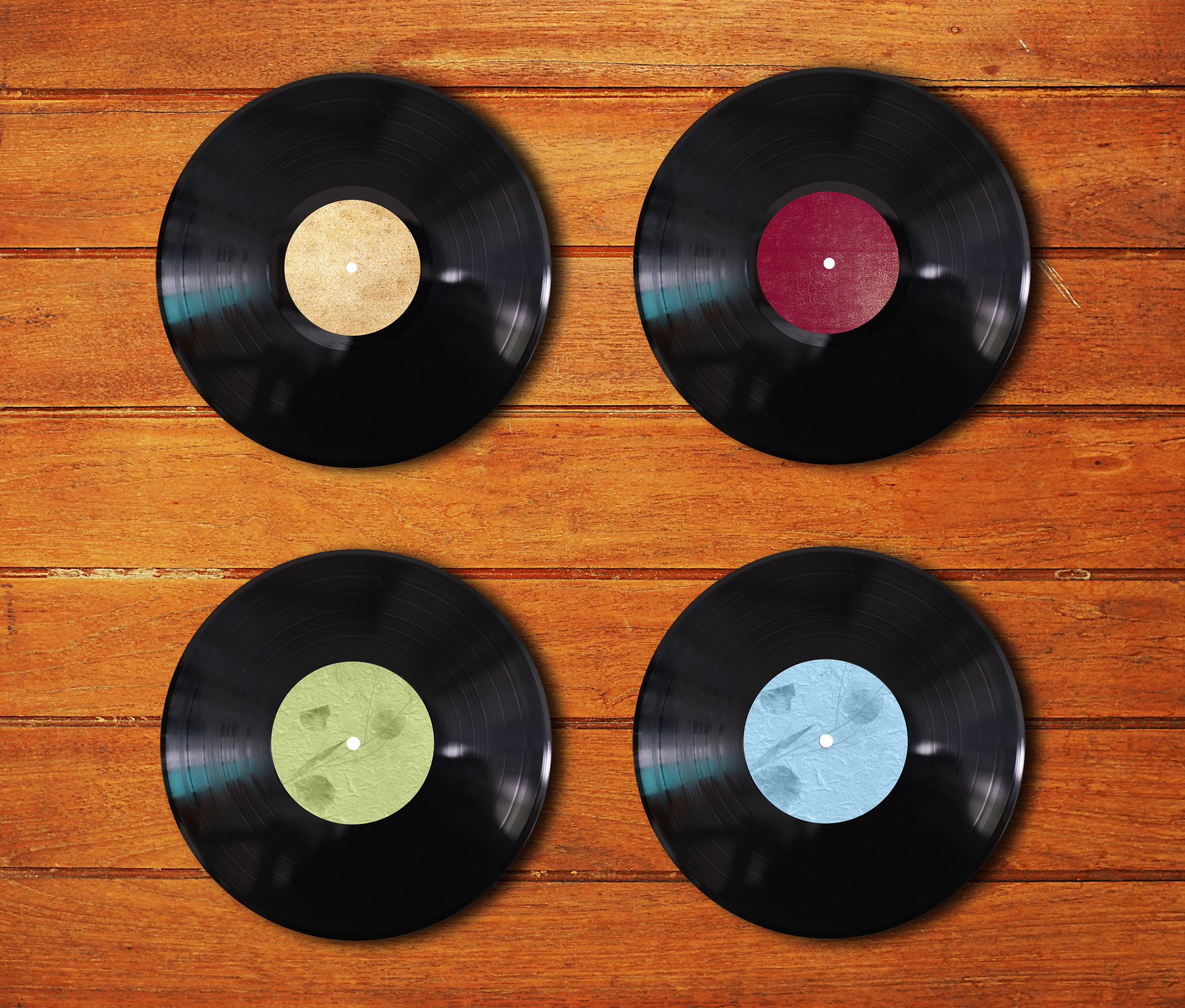
On the other hand, ultrasonic cleaning harnesses the power of cavitation bubbles produced by high-frequency sound waves to penetrate deep into the grooves of the record. These bubbles effectively dislodge and remove even the smallest particles of dirt and grime that manual cleaning can miss.
Moreover, ultrasonic cleaning continuously removes the loosened particles from the cleaning solution, preventing them from resettling on the record's surface. This results in a much cleaner record compared to traditional methods.
Gentle on Records
While manual cleaning methods can risk scratching or damaging the record due to physical contact with brushes or cloths, ultrasonic cleaning is contact-free and thus gentler on records.
The cavitation bubbles generated by the ultrasonic cleaner implode upon contact with the dirt particles, leaving the vinyl record itself unharmed.
This non-abrasive cleaning process ensures the longevity of your vinyl records, preserving their physical condition and thereby maintaining their value, especially for rare or collectible items.
Improved Sound Quality
The thorough and gentle cleaning provided by ultrasonic technology leads to significantly improved sound quality. By removing dust, dirt, and other contaminants from the grooves of the record, ultrasonic cleaning allows the stylus to trace the grooves more accurately.
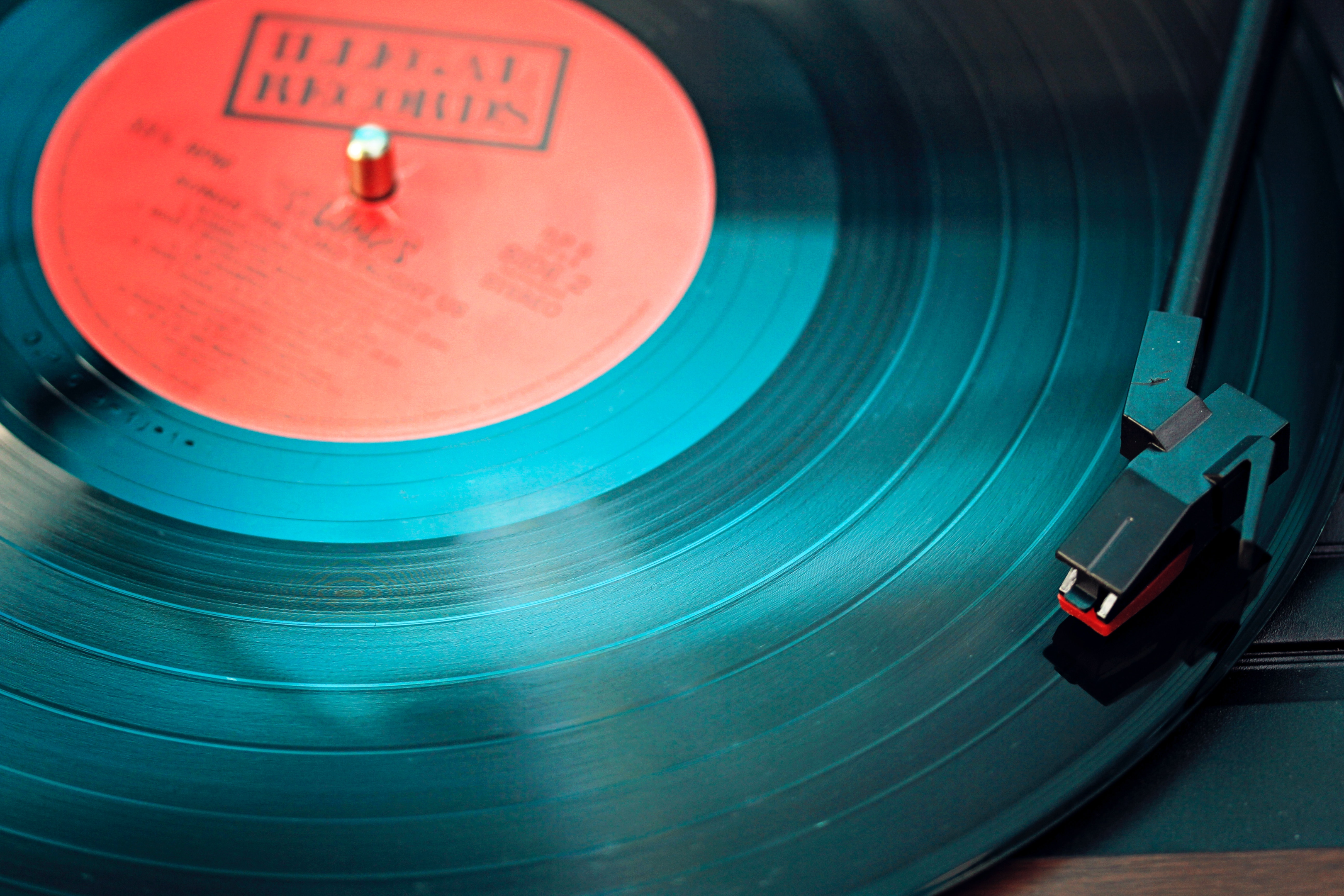
This results in better sound, less surface noise, fewer skips, and a clearer, more vibrant sound.
Compared to traditional methods, the ultrasonic record cleaning machine offers a more thorough and gentle cleaning process. The high frequency of the ultrasonic cleaner ensures even the smallest particles are removed, leading to improved sound quality and an enhanced listening experience.
Things to Consider When Buying an Ultrasonic Record Cleaner
When looking for the best ultrasonic record cleaner, consider factors such as the cleaning capacity (how many records it can clean at once), the frequency of the ultrasonic waves (higher frequency models produce smaller cavitation bubbles for a more detailed clean), and additional features like a drying fan or a degas function.
Maintaining Your Ultrasonic Cleaner for Optimal Performance
Proper maintenance of your ultrasonic cleaner is essential for optimal performance.
This includes regular cleaning of the machine itself, checking the water level before each use, and replacing the cleaning fluid as needed.
Safety Measures When Using Ultrasonic Cleaners
While ultrasonic cleaners are generally safe to use, it's important to follow the manufacturer's instructions closely.
Avoid overloading the machine, and ensure the records are properly secured during the cleaning cycle to avoid damage.
Popular Models of Ultrasonic Cleaners for Vinyl Records
Ultrasonic record-cleaning machines have become increasingly popular among vinyl enthusiasts and record collectors. These high-tech devices provide a thorough and gentle clean that can significantly improve the sound quality of vinyl records.
Let's take a closer look at some of the most popular models on the market.
CleanerVinyl System
The CleanerVinyl system is a modular ultrasonic vinyl record cleaning system that has gained popularity for its versatility and effectiveness. It offers various components, allowing users to tailor their cleaning setup according to their needs and budget.
The basic CleanerVinyl unit can clean one record at a time, but with additional attachments, it can clean up to 12 records simultaneously.
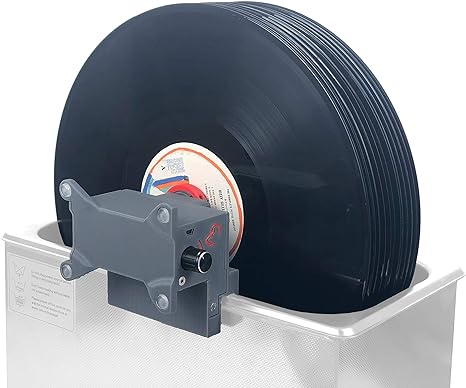
This system uses ultrasonic transducers to generate cavitation bubbles in the cleaning fluid, effectively dislodging dirt and contaminants from the record's grooves. A notable feature of the CleanerVinyl system is its ease of use.
The cleaning process is fully automated, and the device is designed for quiet operation, which is a bonus for those who value a peaceful listening environment.
Degritter
The Degritter ultrasonic record cleaner is another favorite among vinyl enthusiasts. This machine stands out for its sleek design, user-friendly interface, and advanced features. The Degritter uses a dual-frequency ultrasonic cleaning process, which produces smaller cavitation bubbles for a more detailed cleaning.
It also has a built-in drying function, ensuring your records are ready to play immediately after cleaning.
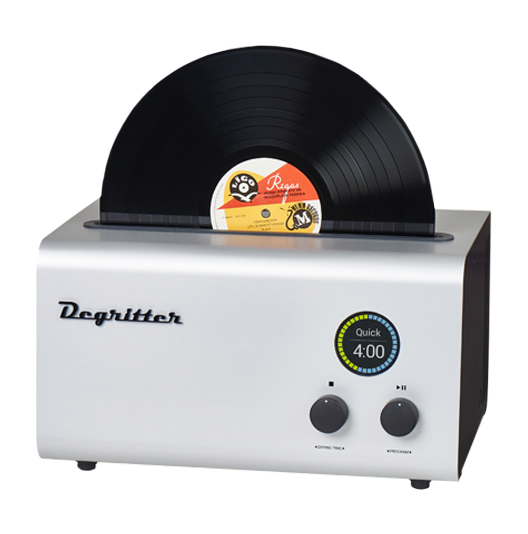
One of the unique features of the Degritter is its filtering system. The machine continuously filters the cleaning fluid throughout the cleaning cycle, ensuring that dislodged dirt particles are removed from the fluid and not reattached to the record.
The Degritter also includes a noise reduction feature, making it one of the quietest ultrasonic cleaners on the market.
CREWORKS Ultrasonic Auto Vinyl Record Cleaner
The CREWORKS Ultrasonic Auto Vinyl Record Cleaner, manufactured in South Korea, is another model that has won the hearts of vinyl lovers. This machine can clean three records simultaneously, saving valuable time for those with large record collections.
The CREWORKS cleaner uses a 40kHz ultrasonic frequency, which is optimal for penetrating the deep grooves of vinyl records. It also features an automatic drying function, reducing the risk of water spots or damage due to improper manual drying.
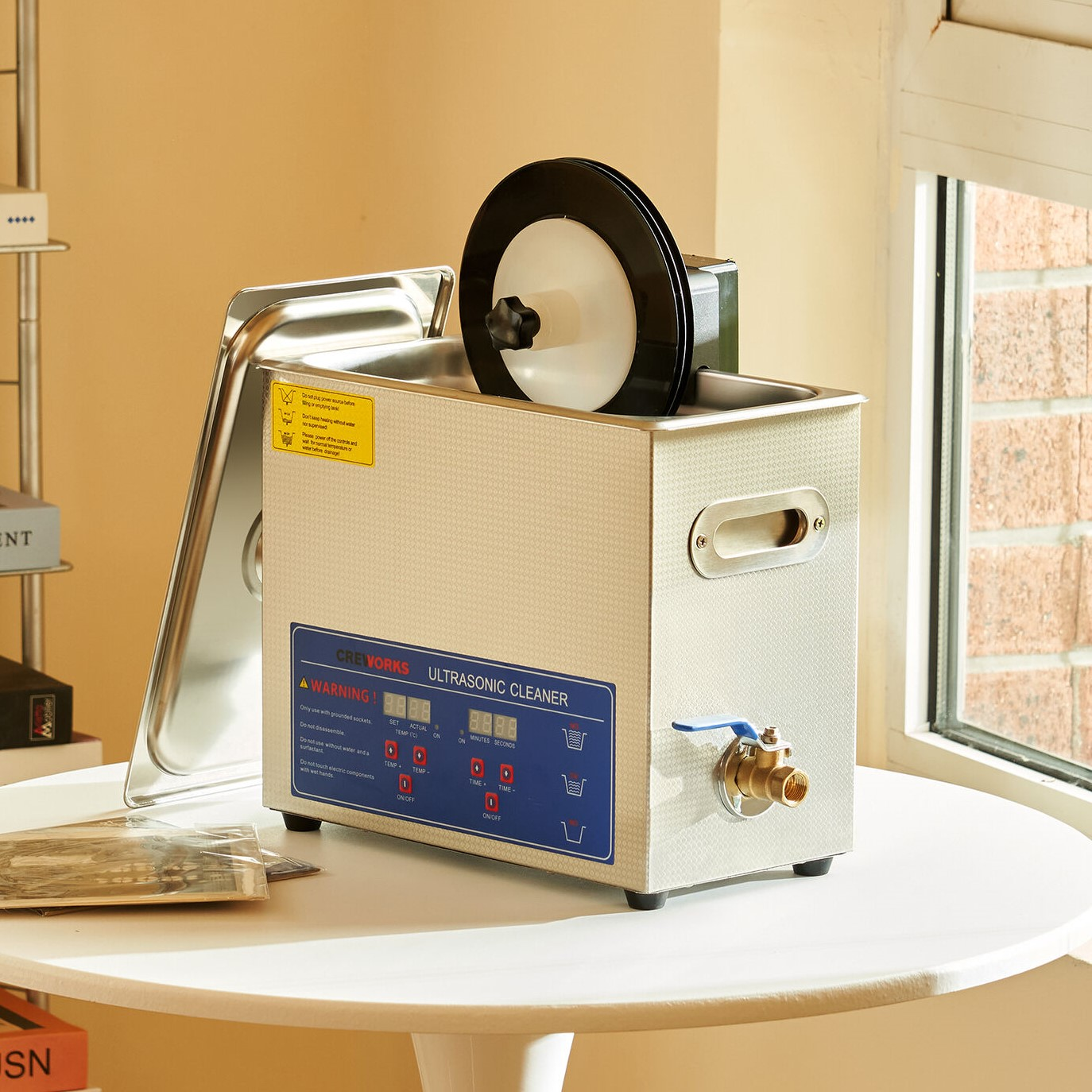
In addition, the machine has a degas function, which removes trapped air from the cleaning fluid before the cleaning cycle begins, enhancing the effectiveness of the ultrasonic cleaning process.
These ultrasonic record cleaning machines - the CleanerVinyl system, the Degritter, and the CREWORKS Ultrasonic Auto Vinyl Record Cleaner - offer advanced features and effective cleaning results, making them popular choices among vinyl record enthusiasts.
Do-it-yourself (DIY) Ultrasonic Cleaning: Is it Possible?
While professional ultrasonic record cleaners deliver outstanding results, DIY options can also be explored. However, it requires careful handling and the right materials to avoid damaging your records.
Also check out: Looking for a fun and rewarding DIY project? Check out this comprehensive guide on How to Build a DIY Vinyl Record Storage System and create an organized space for your cherished vinyl collection.
Common Misconceptions About Ultrasonic Cleaning
Some people may believe that ultrasonic cleaning is too harsh for vinyl records or that it may degrade the sound quality.
However, when used correctly, ultrasonic cleaning is safe and effective, enhancing the sound quality by removing dust and dirt from the grooves.
The Future of Ultrasonic Cleaning Technology
The future of ultrasonic record-cleaning machine technology looks promising. With advancements in technology and a growing appreciation for vinyl records, we can expect more efficient and user-friendly ultrasonic record-cleaning machines in the future.
Conclusion
Using an ultrasonic cleaner for vinyl records offers numerous benefits. It provides a thorough cleaning process that enhances sound quality, extends the life of your records and stylus, and makes record maintenance a breeze.
